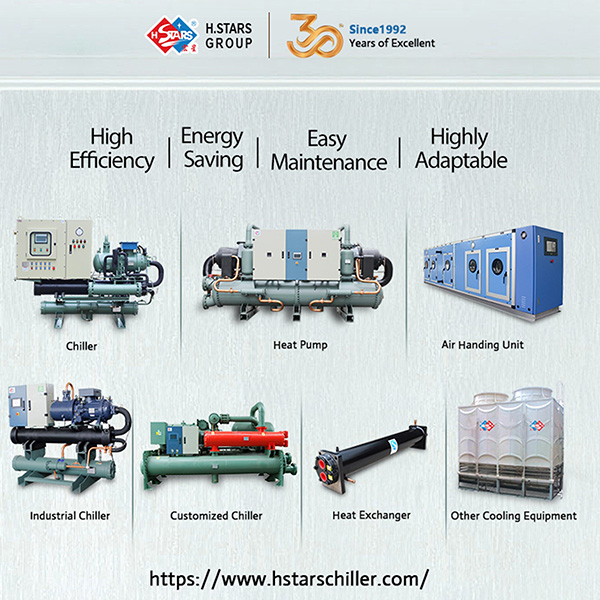Ultra-low temperature chillers play a vital role across various industries and research fields that require precise temperature control. But just how low can the temperature of these chillers go?

Understanding How Ultra-Low Temperature Chillers Work
Ultra-low temperature chillers function by utilizing refrigerant cycles. The refrigerant absorbs heat in the evaporator, which lowers the temperature of the target object. Then, the compressor compresses the refrigerant into a high-temperature, high-pressure vapor, which moves to the condenser to release heat into a cooling medium (usually water or air) and transitions into a high-pressure liquid. Afterward, the refrigerant passes through an expansion valve, re-entering the evaporator to repeat the cooling cycle.Typical Temperature Ranges
The cooling capacity of a chiller depends on the choice of refrigerant and system design. Standard low-temperature chillers generally operate within a cooling range of -15°C to -40°C. However, some applications, such as pharmaceutical manufacturing and food processing, demand even lower temperatures. To meet these demands, manufacturers offer ultra-low temperature chillers capable of achieving sub -40°C temperatures.
Achieving Sub -40°C Temperatures
Ultra-low temperatures are achieved using specialized refrigerants and advanced cooling methods. For example, some chillers use liquid nitrogen or liquid helium as refrigerants, allowing for extremely low temperatures. Additionally, multi-stage compression and expansion cycles can broaden the chiller’s cooling range, extending below -40°C.In summary, ultra-low temperature chillers can reach below -40°C through specialized refrigerants and innovative cooling technology. When choosing a chiller, users should carefully consider their temperature requirements and budget to ensure they select the right system for their needs.
About H.Stars Group:
H.Stars Group,30 years Hongkong brand factory ,manufactures a wide range of HVAC equipment: air-cooled chillers, water-cooled chillers, high-temperature heat pumps, AHU, and shell and tube heat exchangers supplying to worldwide 53+ countries. With H.Stars Hongkong brand recognition and 8 subsidiaries industrial chain, H.Stars Group has supplied HVAC products to 500 Fortune companies.
评论
发表评论